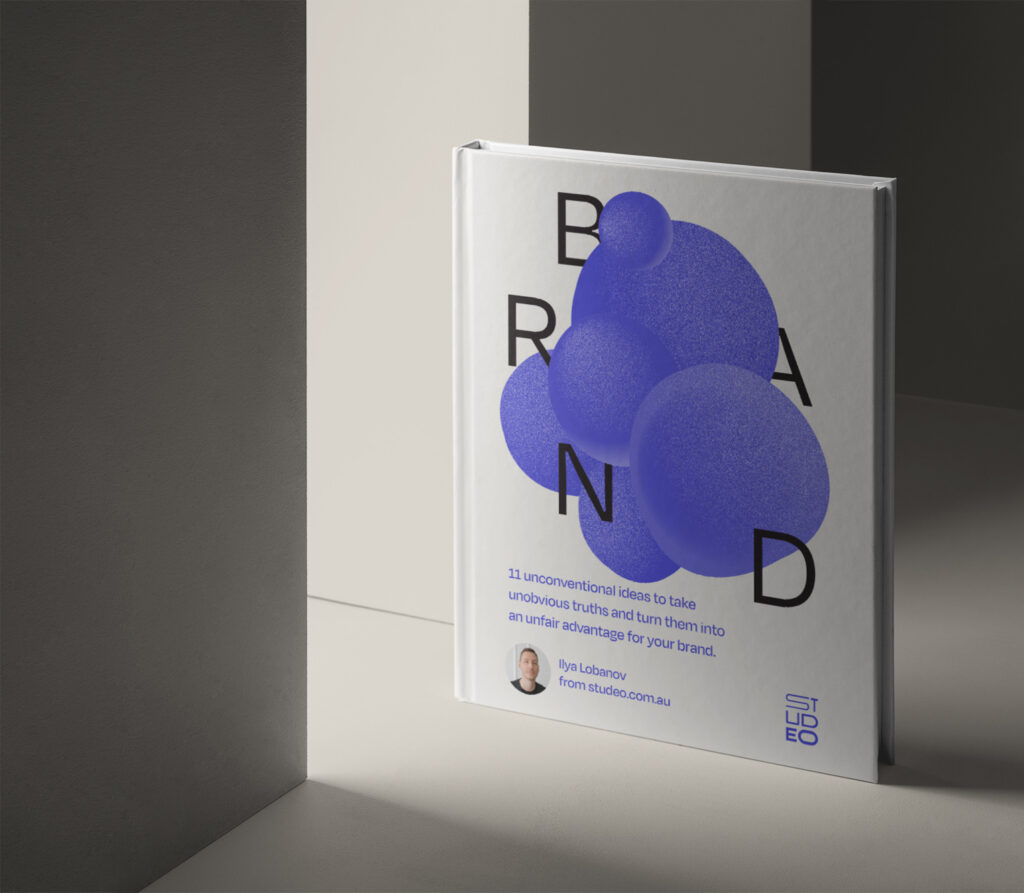Crucial Branding Lessons Every Business can Learn from Apple

Apple is a great example of a company that understands the value of branding. Lessons can be learned by examining how they position their offering as something more than a product.
Let me ask you a question. If Apple disappeared tomorrow, would you care? Now, I’m sure that for every Apple fanboy and fangirl out there, there is an equal amount of Apple haters. And there are plenty of other competitors providing very similar kinds of products. But very few of the others can match the type of brand loyalty like Apple has created.
The reality is, that if Apple went away, all those Android-based users would be just as happy to choose a Samsung, or a Google Pixel or any of the other half a dozen alternatives. And they would happily swap to another brand if a better phone came along.
Their choice would be driven by the features and benefits of a phone.
Nobody would spend the night sitting outside a store waiting for a new model of phone or tablet to come out like they do with Apple. All of this ultimately comes down to branding, and every company can learn from Apple.
Features and benefits don’t sell – branding does
Apple has understood that you can’t sell on features and benefits. They don’t just create products. They create memorable brand experiences that keep people coming back.
When Steve Jobs came back to help Apple after a brief departure, he wasn’t focused on creating products. He focused on creating branding.
Branding is everything about your company, not just the visuals and messaging. Branding is something that is created by every single touchpoint of your company. For Apple, it’s their ‘concert-like’ sales events to launch a new product, their in-store education training to upskill their users, the ease through which you can order their products online and have it shipped the same day or the way people applaud when you leave their store with a purchase.
Some people might call these gimmicky, but in reality, those are genuine rituals and brand experiences that have been created in equal measure for, and by the loyal following of customers Apple now has.
Branding that is customer-needs focused wins
Apple creates something that is designed to improve the lives of their customers. It’s about creating a positive experience and feeling through a simplified lifestyle – a result of owning an Apple product.
More than that, Apple understand what their customers need. This is different from appeasing the wants.
In the early 2000s, when Nokia was dominating the market, they had a great research program, listening to what their customers wanted, and seeking to satisfy all of its customers.
By contrast, Apple anticipated the future needs by not just appeasing the wants of the customers, but by thinking like a customer and understanding the needs. The iPhone addressed the needs of core future customers and fundamentally disrupted the mobile phone market—leading to the decline of Nokia.
Picking a niche to target helps to build a loyal following
Customer-centricity becomes a lot easier when you stop trying to appease everyone and pick a core of customers to target and provide value to initially.
I think part of what made the Mac be able to find their niche early was because the people working on the machines were musicians, poets, artists, and other creatives, who just happened to be the computer scientists.
Apple knows exactly who the users are. They speak their language. Its simplistic advertising speaks in a language that customers understand.
When it created the Mac, Apple understood the frustrations of a confused PC user looking for a simpler solution. It created a machine that was actively positioned as a tool for creatives. Where the Mac would help elevate the work of a creative person by being an extension to their creative process rather than a hindrance.
Branding is a long-term game focused on growth, not quick wins
In his book Good To Great, Jim Collins set out to investigate why some companies skyrocketed, relative to similar companies in their category. And how they stayed there, while others slumped back to mediocrity.
And while Jim found there were several distinguishing factors that set the thriving companies apart, two factors were absolutely key. The first was almost always a specific type of leader that drove the company forward. And second – the kind of culture and mindset the leader had planted in the organisation.
These leaders were focused on long-term growth, rather than short-term gains or their own egos in the public eye. And Steve Jobs understood better than most, that a successful brand takes time to grow.
His vision of ‘you don’t need to be first to succeed, you need to be better’ meant that the entire company culture is entirely focused on continually improving their offering. They use every new product and customer interaction as an opportunity to learn, using facts to improve their products. And that’s also how they are able to anticipate their customers’ needs, as we’ve learned above.
Commanding brand loyalty comes from knowing your why
As Simon Sinek shared with us ten years ago, great brands command loyalty by understanding their reason for being. That overarching purpose is what drives successful companies forward, aligns the entire team to deliver and sustains a company’s growth for years into the future.
While every business knows what they do and the services and products they provide. And most know the approach in how they create and deliver these products and services. It’s typical for a marketing message to talk about the what and the how, which rarely drives any purchasing decisions anymore.
Apple is one of the clearest examples of living and breathing through their why. “In everything we do, we believe in challenging the status quo. We believe in thinking differently,” they say. They just happen to make great computers. Their loyal fans follow not because of the latest technology, but because they believe what Apple believes.
And belonging to a mutual cause has been a powerful driver to build communities for centuries before brands ever existed.
Now Over To You
Need help to implement these branding lessons in your business? Please reach out via email or on Instagram, and let’s get a discussion going!
If you enjoyed reading this article, consider signing up to the Studeo Insider, and receive more insights like this one. If you know someone who might enjoy this article, please share it.
